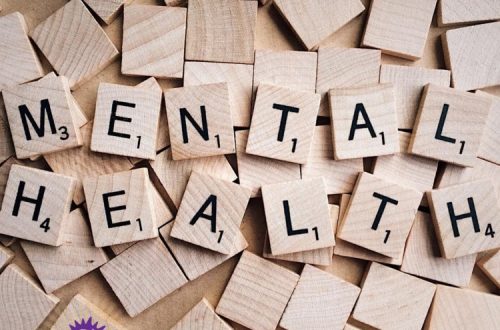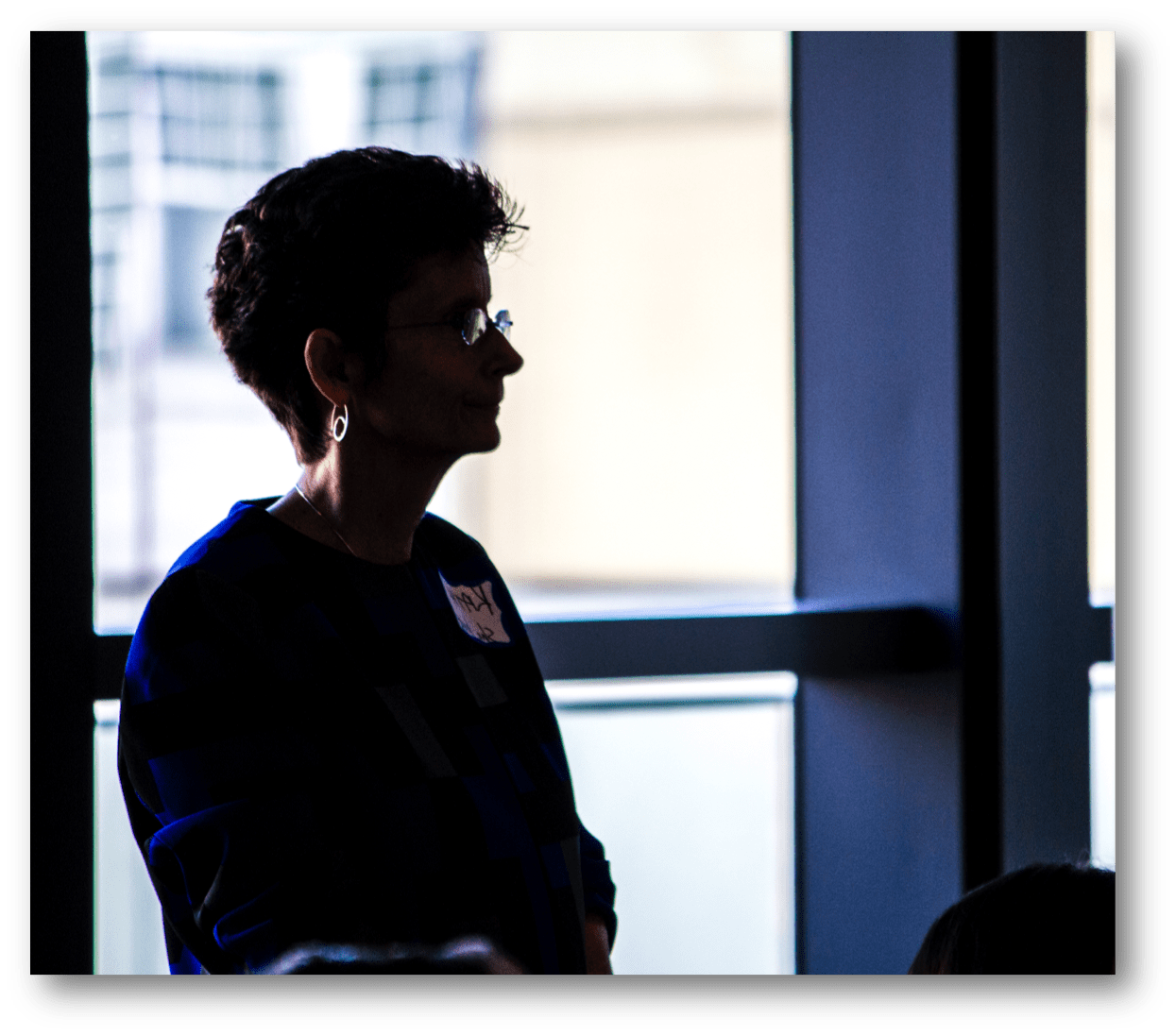Train the Trainer: Continuing Education is Key
As a facilitator, your role is very different from that of a teacher or educator. How so? Instead of providing information or giving your opinion, you’ll focus on asking lots of questions that help members of the group learn and deepen understanding from sharing their reflections, feelings and experiences. You may:
- Relate to what someone has shared
- Offer a bit about yourself to make a connection
- Encourage interaction and productive dialogue in the group
Most importantly, the emphasis is on group members interacting with their peers. Specifically, you’ll:
- Bring as many different voices into the dialogue as possible
- Help share the air time equitably
- Encourage others to join in the conversation
- Use prompts where necessary to build dialogue
Every Trainer Needs Professional Development
We are not born good at this art, especially when it comes to addressing issues of equity and inclusion. A skilled facilitator is always seeking to advance their level of engagement, expertise, and topic knowledge. Pursuing further professional development is always a part of their game plan.
In fact, never has infusing diversity been so important. A Deloitte article, Diversity and inclusion: The reality gap, unveiled the results of the 2017 Global Human Capital Trends survey. One of the findings? There was a 32% jump since the 2014 survey in the number of executives who named inclusion as a top priority.
And with increasing attention being given to DEI issues, savvy organizations know how important diversity is when it comes to finding (and retaining) top talent in an always competitive market.
Continuing Education: Important for So Many Reasons
 Continuing education isn’t just important because there is a greater awareness of diversity and inclusion issues. As most facilitators recognize, diversity and inclusion issues are fluid.
Continuing education isn’t just important because there is a greater awareness of diversity and inclusion issues. As most facilitators recognize, diversity and inclusion issues are fluid.
For instance, the article also revealed a new area where diversity training is significant: addressing the inclusion of an older workforce as Baby Boomers age and remain employed.
Without professional training from skilled instructors who have engaged in professional development, a proficient facilitator might inadvertently ignore that topic or mismanage ageist comments.
Each day brings change, whether in the business or educational field, and facilitators must be ready to address shifting needs as they affect organizations.
President Nelson Mandela summed it up best: Education is the most powerful weapon which you can use to change the world.
Facilitators, Try These Easy Strategies to Encourage Dialogue
At your next training, give these simple prompts a try to get group members more engaged:
- How do others relate to what’s been said?
- Who has a similar experience? Can you say more…
- I’d like some new voices in as we talk about this further…
- I can relate to what you’re feeling…anyone else?
- I appreciate what you’re saying…anyone have a different perspective or something to add?
Remember to always PAN: Pay Attention Now
As you open up the dialogue and engage the audience, don’t forget to notice and interrupt nay unproductive group dynamics. For instance, sideline conversations or other distracting behaviors among members of apparent privileged groups can undermine learning and escalate into difficult situations.
Critical facilitation tools include the capacity to:
- Pan the probable impact across group identities
- Interrupt the distracting behaviors that leaves participants feeling whole and willing to re-engage more productively
- Invite dialogue about the impact of these behaviors as well as the intent of participants
- Re-negotiate group learning agreements
Use “Self as Instrument”
 Sharing about yourself, using your “self as instrument” is an important and effective tool to increase learning. When you self-disclose with a sincere comment such as, “My heart aches as you tell that story,” or “When I hear you say that, I think/feel,” the audience can relate to your empathy and move out of their heads into their hearts.
Sharing about yourself, using your “self as instrument” is an important and effective tool to increase learning. When you self-disclose with a sincere comment such as, “My heart aches as you tell that story,” or “When I hear you say that, I think/feel,” the audience can relate to your empathy and move out of their heads into their hearts.
And when you misstep…
If you notice others are impacted or triggered after you said or did something, you can explore the impact by asking, “It seems my behavior may have affected you… Do you want to say more?”
Don’t forget to acknowledge and validate their points. Own the impact of your behavior, apologize. Then explore desired outcomes and possible solutions together – then summarize the dialogue. Modeling how to respond when your behavior negatively impacts others provides a powerful learning opportunity for the entire group.
As We Learn, We Grow
Sometimes people think that because they’ve been training & facilitating diversity workshops for years, there’s no need to take more training. But…
Once you stop learning, you start dying.
-Albert Einstein
If you want to deepen your capacity to design and facilitate compelling, meaningful workshops on equity, inclusion, & social justice, and if you want more skills and confidence to respond in difficult training situations, then I encourage you to join my brand new virtual course I’m launching in January 2019, Designing & Facilitating Effective Workshops on Equity, Inclusion & Social Justice.
It’s packed with fresh strategies, practical tools, up-to-the-minute info, and proven methods to help you create powerful professional development sessions for all members of your organization. Learn more here!




